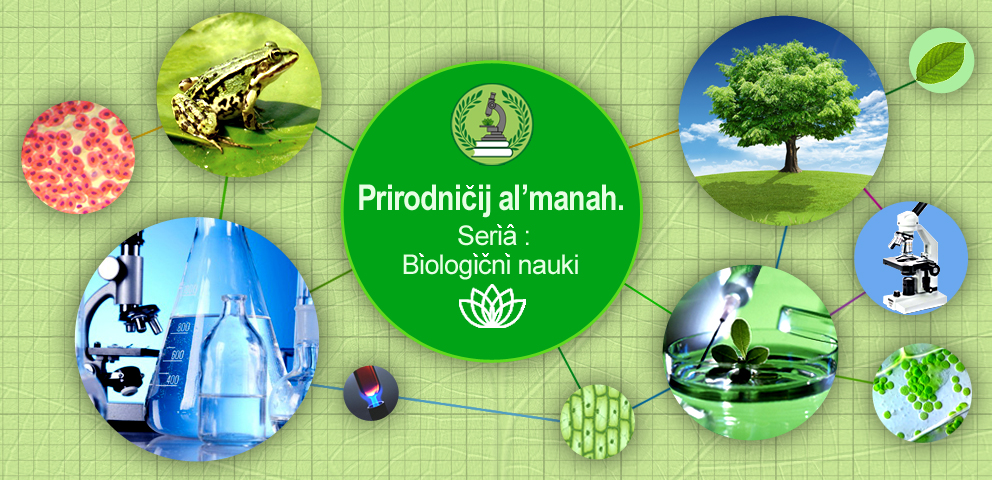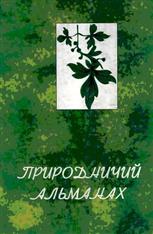СHARACTERISTIC OF THE ANATOMICAL STRUCTURE OF THE ASIMINA TRILOBA L.
Abstract
The object of the study – A. triloba L. – a relic North American species, a
representative of the pre-glacial flora, preserved from the times of the Miocene. The
natural area is located on the territory of northeast America, extending from southern
Canada to the states of Texas, Georgia and Florida. As the invasive species of
A. triloba grows in France, Italy, Spain, Japan, the middle lane of Russia. Azimina is a
shadowy, light-loving plant. In southern Ukraine, the features of its economic use were
investigated.
The morphological characteristic of the species was made according to the
methodology of the school I.G. and T.I. Serebrikovyh Materials for research are
collected in the Botanical Garden of Kherson State University in 2013-2017. For a
detailed study of the anatomical structure, fragments of the stem were always taken in
the middle parts. Micropreparations of one-and two-year shoots were made according
to generally accepted methods. Finished permanent micropreparations were
photographed with an increase in the microscope (lens 8, eyepiece 15). Details of the
sections were studied using a MirosMed 2 microscope. The measurements were
carried out with an accuracy of 5 μm. The photographs were taken using the Levenhuk
C510NG microscopic digital camera. The cited articles in the article are copyright.
The anatomical structure of the A. triloba stem is non-folding type and has a
number of common features for the stems of tree plants: the original xylem without a
clear boundary passes into the secondary xylem; In all areas of the stem, welldeveloped mechanical tissues (lumbar cranial hips, bast fibers and fibers of the
libriform) and stocking parenchyma (primary cortex, pericyclical zone, phloem,
cardiac rays, contact parenchyma with vessels and peripheral part of the parenchyma
of the core) are well developed.
Features of the anatomical structure of A. triloba stem: peredermas
subepidermalnye, lentils raised above the covering tissues, in the perimedullary zone
dominated by scleralenchymal fibers, in the phalemic clearly defined triangular and
trapezoidal regions, in which alternate clear parallel rows of solid and soft lobes,
whereas in most The woody dicotyledons of the temperate zone of the solid and soft
area are mosaic.
Key words: Asimina, Annonaceae, stem.

